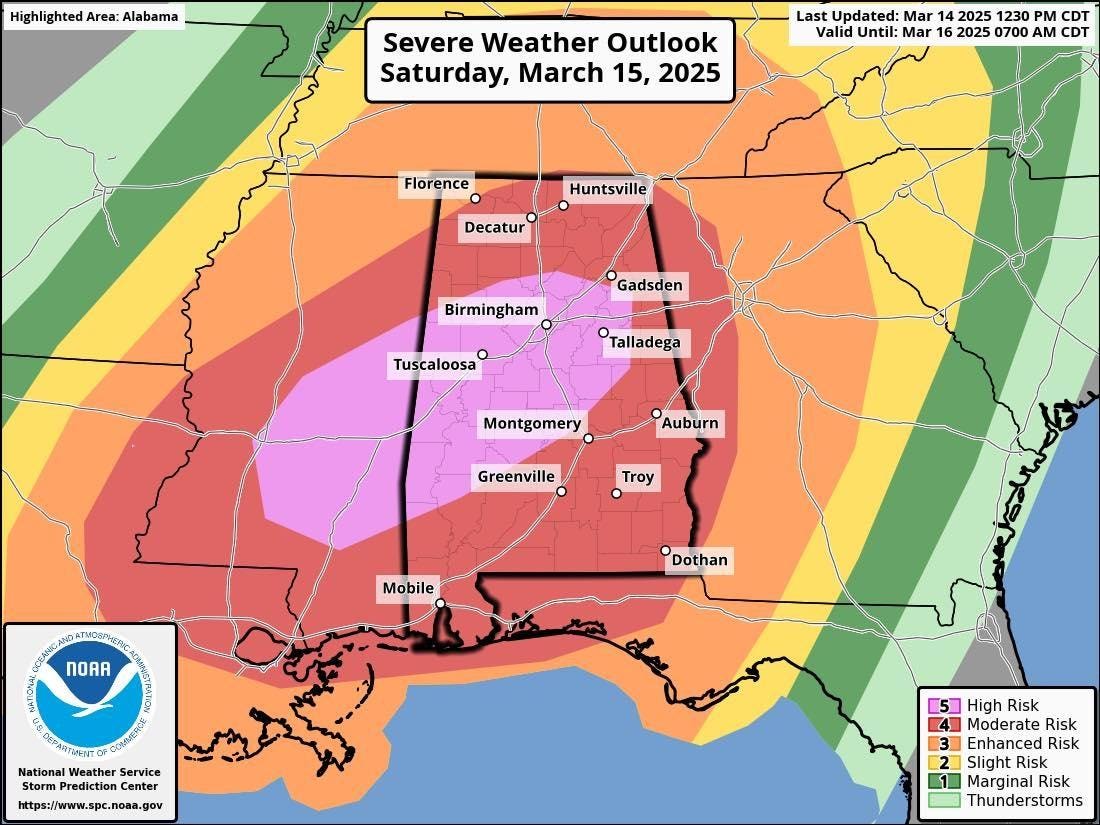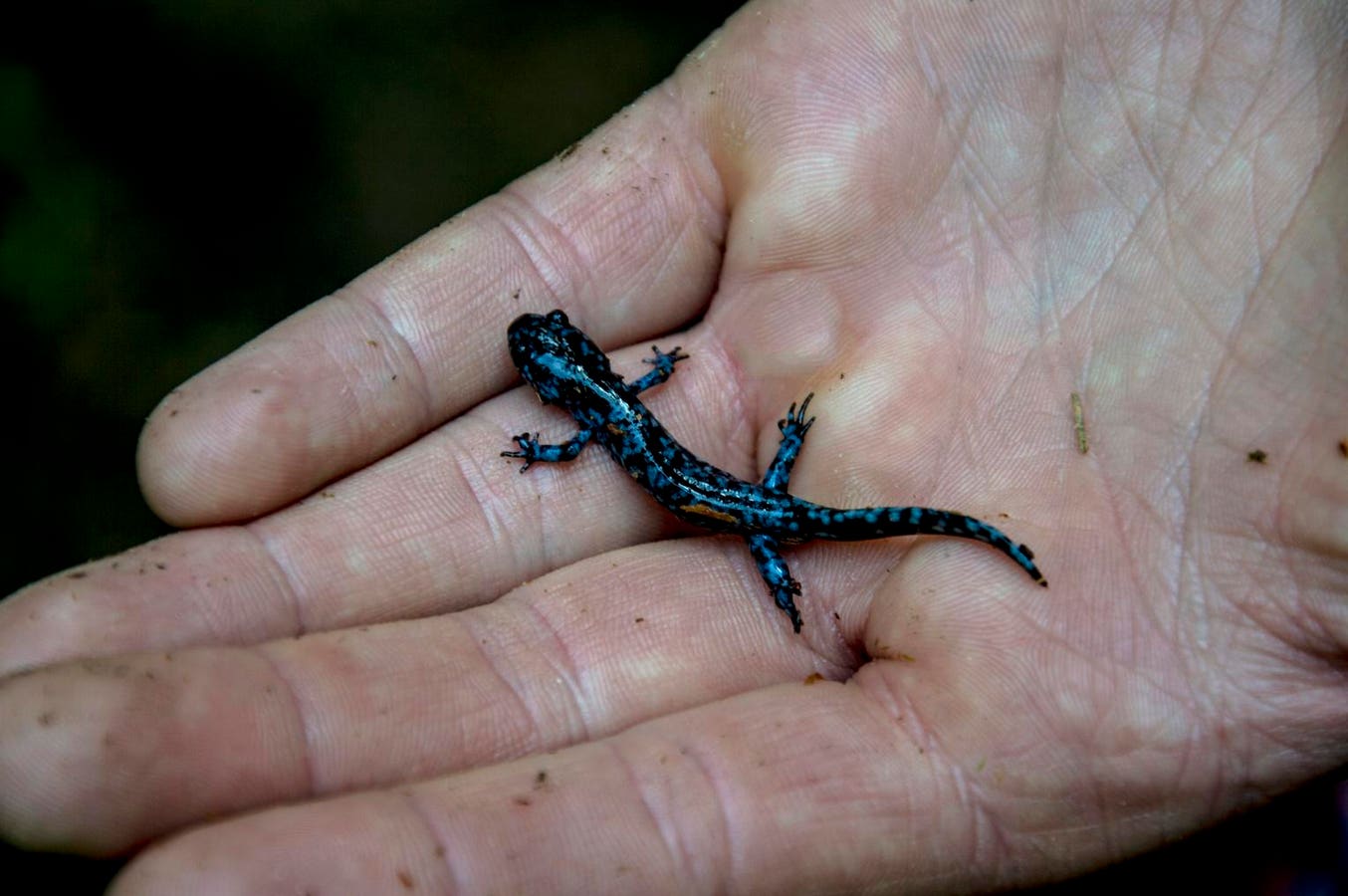For close to 30 years, the Sanger Lumber Company systematically cut down thousands of giant sequoias … More
The Converse Basin Grove is a prominent giant sequoia (Sequoiadendron giganteum) habitat located in the Sierra Nevada of Fresno County, California, approximately five miles north of General Grant Grove, just outside Kings Canyon National Park.
Covering some 4,600 acres, it once harbored the densest population of giant sequoias on Earth, with trunks reaching over 20 feet in diameter and crowns soaring above 250 feet.
By the late 19th century, however, the pristine old-growth forest faced unprecedented exploitation.
Beginning in 1892, the Kings River Lumber Company — later reorganized as the Sanger Lumber Company — began a decade-long campaign of clear-cutting in what has been called “the greatest orgy of destructive lumbering in the history of the world.”
The removal of these keystone organisms devastated the grove’s structure, soil composition and hydrology, effectively collapsing the entire old-growth ecosystem. And today, over a century after logging ceased in 1918, Converse Basin Grove remains a patchwork of young conifer plantations and open meadows dotted with massive stumps.
Logging By The Sanger Lumber Company
Between 1892 and 1918, the Sanger Lumber Company conducted extensive clear-cutting operations in Converse Basin Grove, targeting the largest and oldest sequoias for timber.
Early 20th-century trains haul massive sequoia logs — part of one of the most devastating … More
Over roughly a decade, approximately 8,000 giant sequoias — some aged over 2,000 years — were felled using cross-cut saws, axes, steam donkeys and elaborate flume systems that transported logs to distant mills. This industrial-scale harvest left only 60 to 100 of the original mature giants standing in the basin and triggered a cascade of ecological consequences.
(Sidebar: While the giant sequoia is the world’s largest tree, it’s not the oldest. That title belongs to another tree from California that was born before the pyramids — read about it here.)
The loss of canopy cover altered microclimates, increasing sunlight penetration or temperature fluctuations at ground level. Soil erosion intensified as root networks decayed and stream channels became clogged with sawdust and debris, disrupting aquatic habitats.
Additionally, the elimination of the sequoias’ fire-resistant structure left the basin vulnerable to subsequent high-severity fires.
Public outcry over the destruction of Converse Basin’s giants helped galvanize the early conservation movement, contributing to the establishment of national parks and driving forest policy reforms.
Yet, despite this legacy, the grove remained in private hands until 1935, when the federal government finally acquired the land and integrated it into Sequoia National Forest.
Restoration Efforts Have Seen Mixed Success
While a few old-growth sequoias remain, most of Converse Basin is still dominated by younger trees — … More
Following federal acquisition in 1935, managers sought to rehabilitate the denuded basin. Early efforts focused on planting single-species conifer plantations — primarily white fir and ponderosa pine — to quickly reforest the landscape.
Concurrently, fire exclusion policies aimed to protect young stands but inadvertently led to unnatural fuel accumulation beneath regenerating trees. The unintended result was heightened wildfire risk. And in 1955, the McGee Fire burned through much of Converse Basin, consuming second-growth sequoias and demonstrating the dangers of suppressing all fires.
Decades later, the Rough Fire of 2015 re-burned parts of the basin, though most notable specimens, like the Boole Tree, were spared. These wildfires, while destructive, have also provided researchers with insights into giant sequoia ecology, revealing that moderate-severity burns can stimulate seed release and create favorable germination conditions.
Despite more than 80 years of restoration work, however, old-growth conditions have not returned. Young stands remain uneven in age and composition, and soil and hydrological processes continue to reflect past disturbances.
Despite the setbacks, Converse Basin now serves as a living laboratory for studying forest resilience, guiding adaptive management strategies that incorporate prescribed burns, mechanical thinning and mixed-species plantings to better mimic giant sequoia regeneration dynamics.
The Giant Sequoia National Monument
Towering sequoia trunks in the Monument today stand as both survivors and symbols of a renewed … More
One of the bigger recent victories in the battle for the conservation of these majestic trees came in the form of President Bill Clinton’s proclamation of the Giant Sequoia National Monument on April 15, 2000.
Encompassing 328,315 acres within Sequoia National Forest, this designation brought 33 of the forest’s groves — including Converse Basin — under a unified management framework aimed at protecting old-growth remnants, restoring degraded stands and facilitating scientific research.
The Monument is divided into two sections: the northern portion, administered by the Hume Lake Ranger District, includes parts of Kings Canyon National Park and groves such as General Grant and Converse Basin. The southern portion, which lies adjacent to Sequoia National Park, encompasses groves like Freeman Creek and Belknap.
Visitors can hike interpretive trails, such as the Boole Tree and Chicago Stump loops, witnessing firsthand the legacy of logging and the ongoing journey of forest restoration.
Today, the Giant Sequoia National Monument not only safeguards these ancient trees but also promotes public education and scientific inquiry while fostering resilient sequoia ecosystems that will endure for millennia to come.
Do you feel like being close to nature reduces your stress and makes you happy? Do you feel a deep sense of belonging and relationship with the natural world? Take this test to see if you are one with Mother Nature: Connectedness To Nature Scale.








